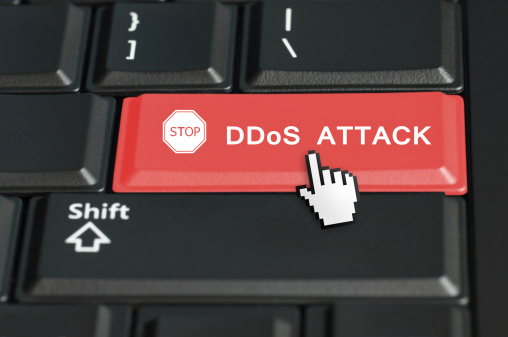If there is one trend in the cybersecurity world over the last 12 to 18 months that cannot be ignored, it is the increasing prevalence and destructive power of amplification-based distributed denial of service (DDoS) attacks.
An amplification attack is a two-part DDoS attack that generally uses the User Datagram Protocol (UDP). An attacker first sends a large number of small requests to unsuspecting third-party servers on the internet. The attacker crafts these requests to result in large responses, but they are otherwise normal except that their source addresses are rewritten (spoofed) so they appear to have come from the victim instead of the attacker. When all the third-party servers send their large responses to the victim, the resulting amount of traffic is much more than the attacker could have generated alone. These attacks often overwhelm the resources of the victim, as attacks in the hundreds of gigabits per second (Gbps) are possible using this method.
(more…)








